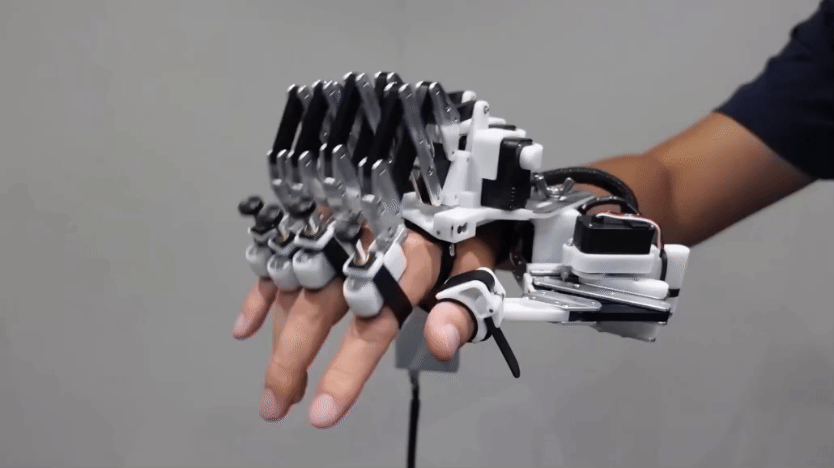
Microbes
Living lenses? Glass-coated microbes might take better photos
Bacteria with a gene from sea sponges can coat themselves in glass. Working as tiny, bendable lenses, they could lead to thinner cameras or sensors.
Come explore with us!

Bacteria with a gene from sea sponges can coat themselves in glass. Working as tiny, bendable lenses, they could lead to thinner cameras or sensors.

Data from millions of phones helped fill in maps of the ionosphere, an atmospheric layer that can muddle radio signals key for navigation systems.

The current way to produce antivenoms is outdated. In lab tests, AI-designed proteins could save mice from a lethal dose of snake toxin.

Chatbots answer one question at a time. Reasoning agents work through a problem step by step. DeepSeek makes this new type of AI far less costly.

Robotic devices like this might someday help musicians, gamers, athletes or even surgeons improve their dexterity.

James Whitfield began his career when quantum computing was still in its infancy. Today, he’s helping to make it more accessible to educators, researchers and others.

Creature-machine mash-ups seem weird or even creepy. But biohybrids that make use of living tissue could be the future of robotics.

Large language models, or LLMs, are language-processing systems that underpin advanced AI technologies such as ChatGPT.

Project Silica is advancing a new way to store data — potentially forever. Some students plan to use this new media to send a message into space.

Ariel Procaccia has designed computer algorithms that help split up credit on group projects, distribute donations, pick citizens’ assemblies and more.